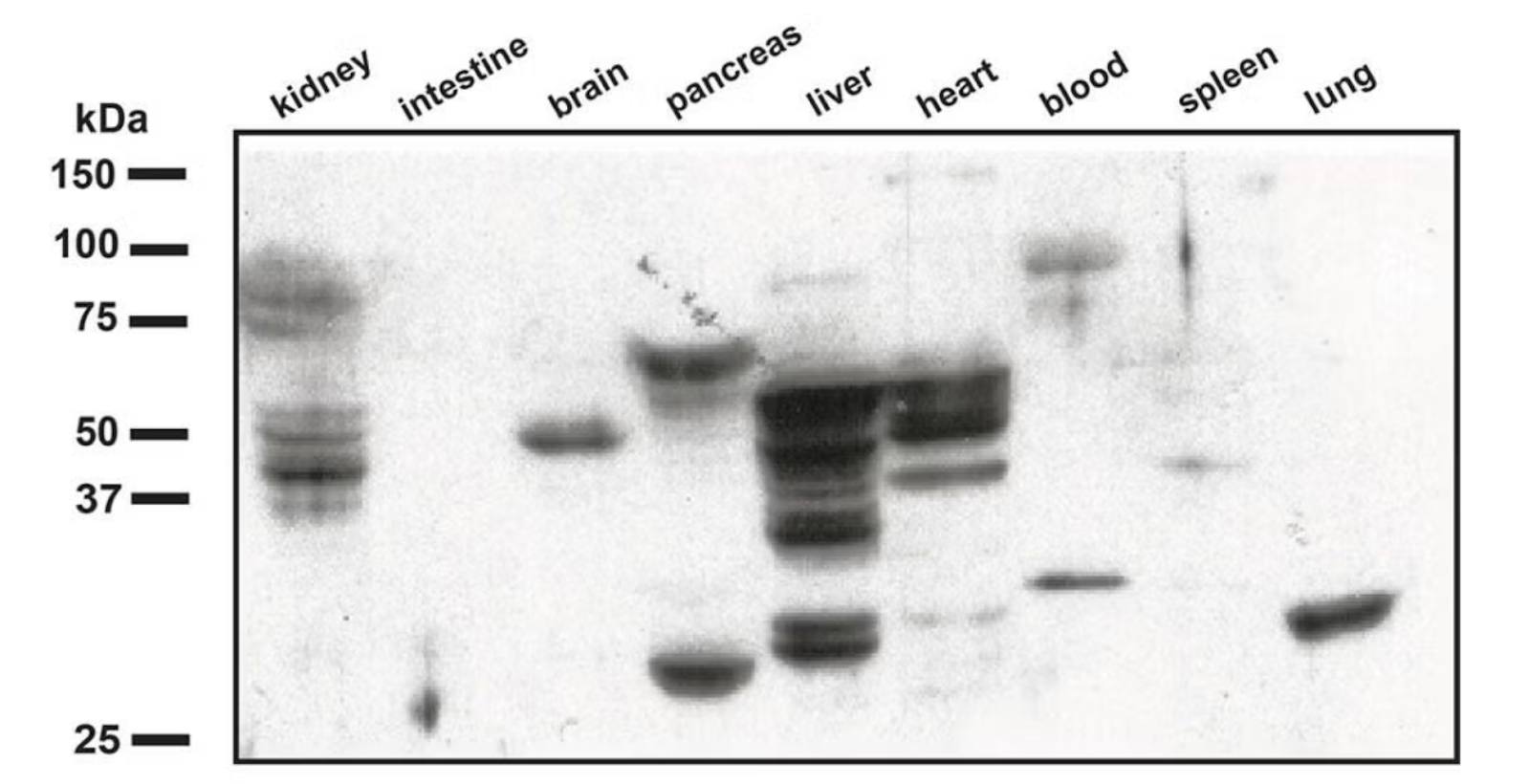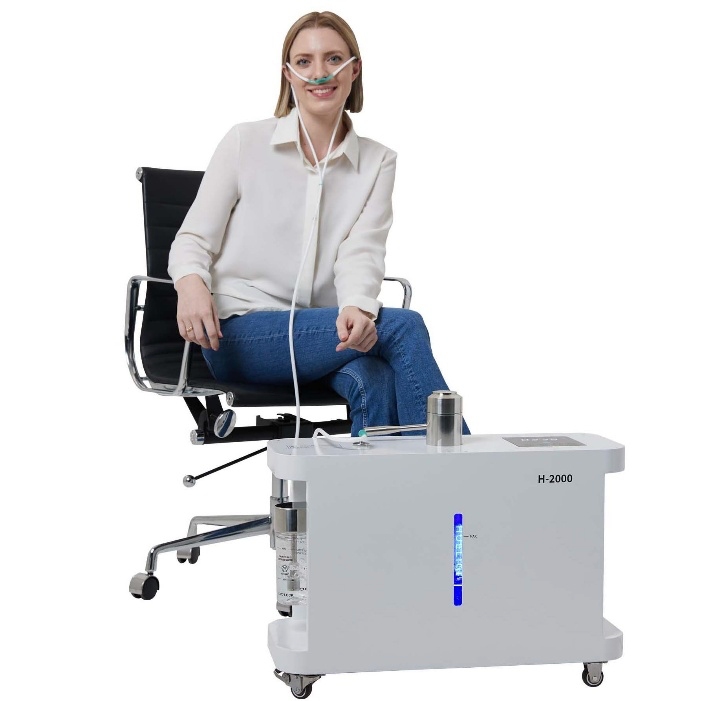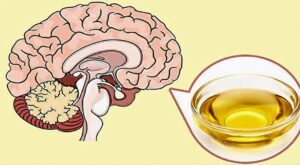Common Thread Among Heart Disease, Cancer, and Alzheimer’s
Heart disease, cancer, Alzheimer’s, diabetes, and autoimmune disorders. Do you know what these illnesses all have in common? The answer is chronic inflammation.
Chronic inflammation lingers inside the body for long periods. It often shows no obvious external symptoms, yet it continuously damages our organs and cells. This is why it is known as the “silent killer.”
The issue is that standard hospital blood tests (such as CRP) can show inflammation levels, but they cannot tell us where in the body the inflammation is occurring.
Pinpointing the Exact Location of Inflammation
A research team at Case Western Reserve University in the United States has recently offered new hope.

In a 2024 study published in PNAS, the team announced that they developed a special antibody capable of tracking molecular markers left behind by reactive oxygen species (ROS). This breakthrough makes it possible to identify the precise organ or tissue where inflammation is occurring.

This technology goes beyond simply measuring overall inflammation levels. Because it identifies which specific area of the body is actually experiencing inflammatory stress, it becomes highly useful for early diagnosis and treatment.
Chronic inflammation is not simply inflammation that lasts longer than acute inflammation
Many people think chronic inflammation is simply “inflammation that lasts longer than acute inflammation.” This is only partly true.
Chronic inflammation actually comes from two underlying problems:
- First, the body receives persistent inflammation-triggering signals (such as ROS).
- Second, the body does not produce enough anti-inflammatory molecules to calm the response.
The goal is not to temporarily remove symptoms with painkillers or anti-inflammatory drugs. The real key is restoring balance within the body. Inflammation itself is originally part of a natural healing process, a biological reaction that protects and repairs damaged tissue. The problem begins when this response loses balance and fails to turn off, leading to chronic inflammation.
How Hydrogen (H₂) Acts on Chronic Inflammation
Hydrogen (H₂) is not just a simple gas. It is the smallest and one of the most powerful antioxidant molecules.
What makes hydrogen unique is its ability to selectively neutralize only the most harmful reactive oxygen species (ROS), such as hydroxyl radicals and peroxynitrite, while leaving necessary oxidative processes untouched.
Hydrogen is also the only antioxidant capable of passing through the mitochondrial membrane.
This allows it to directly eliminate ROS generated inside the mitochondria, the cell’s energy-producing organelles. Other antioxidants, like vitamin C or vitamin E, cannot reach deep inside the mitochondria. In addition, hydrogen activates the Nrf2 pathway, boosting the production of the body’s own antioxidant enzymes such as SOD, catalase, and glutathione. This creates a much stronger and more sustainable protective effect compared to simply supplying external antioxidants.
Major Causes of Chronic Inflammation
Research shows that several factors can trigger or worsen chronic inflammation:
Seed oils: Vegetable oils high in linoleic acid, such as sunflower oil and soybean oil, oxidize inside the body and produce inflammatory metabolites.
Excess carbohydrate intake: Leads to chronic insulin resistance and systemic inflammation.
Processed foods: Artificial additives damage the gut lining and stimulate immune reactions.
Environmental toxins: Endocrine disruptors, plastics, and heavy metals damage cell membranes and increase oxidative stress.
Gut-derived endotoxins: When “leaky gut” allows bacterial endotoxins (LPS) into the bloodstream, widespread inflammatory responses occur.
Electromagnetic fields (EMF): Exposure to smartphones, Wi-Fi, and high-frequency radiation disrupts cell membrane potential and reduces mitochondrial function.
Hydrogen inhalation therapy is gaining attention as a solution that offers broad anti-inflammatory and protective effects against all of these contributing factors.
Not Suppression, But Balance

Chronic inflammation can worsen if we try to simply “suppress” it. The real key is balance.
Inflammation is not inherently “bad.” It is a biological response that protects and repairs damaged tissue. The problem arises when this response becomes excessive or fails to resolve.
Hydrogen inhalation can be an effective tool for restoring and maintaining this balance. It selectively removes excessive reactive oxygen species while preserving necessary inflammatory responses.
The inflammation quietly accumulating in your daily life, perhaps it’s time to reverse it with a simple habit: inhaling hydrogen while you sleep or rest.
Breathe hydrogen like you breathe air. Your future health will change.
Practical Steps to Reduce Chronic Inflammation
Along with hydrogen therapy, you can take daily steps to reduce inflammation naturally:
- Adopt a whole-food diet: Emphasize vegetables, fruits, and anti-inflammatory fats.
- Increase fermented foods: Yogurt, kefir, kimchi, kombucha.
- Stay hydrated: Adequate water intake supports detoxification.
- Exercise regularly: Improves circulation, mitochondrial function, and reduces inflammation.
Prioritize sleep and stress management: Chronic stress worsens inflammatory processes.
Want to boost these benefits even further? Learn how hydrogen therapy can help restore balance and reduce inflammation naturally.
Conclusion: Chronic Inflammation Is Silent but Reversible
Chronic inflammation is a hidden threat, silently damaging organs and increasing the risk of heart disease, cancer, Alzheimer’s, diabetes, and autoimmune disorders.
Hydrogen therapy provides a scientifically supported, targeted way to restore balance, neutralize harmful ROS, and protect mitochondrial and cellular function.
Combined with simple lifestyle choices, including reducing processed foods, avoiding environmental toxins, and supporting gut health, you can control chronic inflammation and protect your long-term health.











